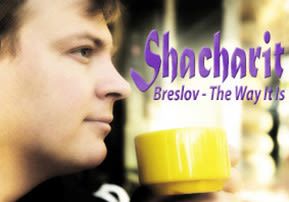
Shacharit – Part 7
It was customary in Uman to recite "Adon Olam" and the Shesh Zekhirot (Six Remembrances) every day after Shacharit...

Le‘ilui nishmat Leib ben Yitzchak Ya’akov Sears, a”h – Yartzeit: 30 Shevat, Rosh Chodesh Adar
Le’ilui nishmat Yosef ben Shmuel Zeitlin, a”h – Yartzeit: 18 Menachem Av
We continue with our new series of minhagim and hanhagot tovot of Breslov. We invite you to peruse our previous entries by accessing our archives.
Shacharit (continued)
Rabbi Avraham was particular that aside from the oleh and the ba’al koreh, only two people should stand at the bimah during the Torah reading. Rabbi Avraham used to stand on one side, and Rabbi Shmuel Shapiro used to stand on the other side. Today this is the minhag in the Ohr Avraham shul (heard from Rabbi Nachman Burshteyn; see Mishnah Berurah, Orach Chaim 141:4, citing Sofrim 14:14, that it would not be fitting that only one chazan should stand at the bimah; rather, one person should stand to his right and another to his left, corresponding to the avot).
* * *
Rabbi Levi Yitzchok Bender recalled that in Uman, it was customary to lift up the Sefer Torah after the conclusion of the kriyah. (Si’ach Sarfei Kodesh IV, 190) U-va le-Tzion: In the kedushah de-sidra, most Chassidim do not say “Kadosh, Kadosh, Kadosh…” and “Borukh Shem…” responsively out loud. However, in the Me’ah She’arim Breslov kehillah and in the Ohr Avraham shul, this is the minhag (heard from Rabbi Avraham Shimon Burshteyn). Aleinu: Rabbi Gedaliah was accustomed to cover his mouth with his hand and spit – albeit only the smallest amount – after reciting the words “she-hem mishtakhavim le-hevel va-rik, umitpallelim el eil lo yoshi’a” (Yeshayah 45:20). When asked as to the meaning of this minhag, Rabbi Gedaliah replied, “We should do anything possible to be machniya the Sitra Achara” (heard from Rabbi Dovid Shapiro). (Similarly cf. Sefer Minhagim-Chabad, although a different reason is given, namely that one should not derive benefit from the saliva while uttering these words. Expectorating during Aleinu is a centuries-old custom that is still followed by the communities of Chernobyl, Skver, Spinka, Skulen, and a few residents of Me’ah She’arim, where Reb Gedaliah grew up. Although the SHeLoH, Chavat Ya’ir, and others reject this minhag, the TaZ on Yoreh De’ah 179:5, affirms it. The old Skulener Rebbe, Rabbi Eliezer Zusia Portugal, used to spit an almost imperceptible amount. By contrast, Lubavitcher Chassidim spit copiously.)
* * *
Rabbi Ephraim Kenig remembered that when his father used to spit, he would turn his head slightly toward the back.
* * *
Rabbi Michel Dorfman said that spitting during Aleinu was not the minhag of Breslover Chassidim in the Ukraine.
* * *
Rabbi Aharon Berlin did not remember this as having been a minhag of the old Breslover Chassidim that he knew during his youth.
* * *
Rabbi Avraham Shimon Burshteyn said that he rarely saw this minhag in the Breslover community of Me’ah She’arim. He did not recall Rabbi Levi Yitzchok having done so. His grandfather Rabbi Moshe Burshteyn also does not spit.
* * *
However, Rabbi Nachman Burshteyn did remember Breslover Chassidim of the previous generation who used to spit during Aleinu.
* * *
It was customary in Uman to recite “Adon Olam” and the Shesh Zekhirot (Six Remembrances) every day after Shacharit. Rabbi Levi Yitzchak Bender states that this was a regional minhag throughout the Ukraine (Si’ach Sarfei Kodesh IV, 197),
* * *
The Shesh Zekhirot are also recited after Shacharit on Shabbat and Yom Tov (heard from Rabbi Nachman Burshteyn).
* * *
Rabbi Gedaliah said in the name of Rabbi Avraham that the custom of concluding the service with “Adon Olam” alludes to the concept of “making echad out of the entire prayer,” discussed in Likkutei Moharan I, 65. (The custom to say Adon Olam at the end of davenning is an old minhag brought in Mateh Moshe, sec. 216. It is also discussed in Ta’amei ha-Minagim, Inyanei Berakhot, 29.)
Rikkud / Dance
Breslover Chassidim dance in a circle after every prayer service, except on the first day of Rosh Hashanah until after Musaf, Yom Kippur, and during the Nine Days (Cf. Si’ach Sarfei Kodesh IV, 184, 191).
* * *
Like most Chassidim, they dance in a counter-clockwise direction. This seems to be based on kabbalistic principles. (Re. the direction of the rikkud, see e.g. Sifrei ha-RaSHaSH, Kavannot Peratiyot, p. 23; et al.)
* * *
Reb Nosson once told his talmid, Reb Moshe Breslover, “I will give you a way of teshuvah: Dance every day!” (Rabbi Shmuel Horowitz, Avaneha Barzel, 28, 29, p. 62).
* * *
A man from a small hamlet once came to Reb Nosson and told him his troubles. Reb Nosson advised him to be be-simchah, and to dance every day. The man replied that in his village there was not another Jew to dance with. Reb Nosson said, “After you use the beit ha-kisei and wash your hands and recite ‘asher yotzar’ be-simchah, khapp a rikkud mit di handtikh — dance with the towel!” (heard from Rabbi Nachman Ettinger, based on an existing cassette from Rabbi Hirsch Leib Lippel).
Leaving Shul
Rabbi Elazar always kisses the parochet on the Aron Kodesh before leaving the synagogue. He also turns as he reaches the doorway and takes a step or two backward while exiting, as an expression of kavod beit ha-knesset.
* * *
(We have tried our best to make certain that what we have written is correct. However, this is still a work-in-progress. Therefore, we welcome any additions or corrections from our readers that are based upon reliable sources. If you have any constructive comments, please send us an email: meoreiohr@aol.com Copyright © 2007 The Breslov Center for Spirituality and Inner Growth)
(With permission from The Breslov Center for Spirituality and Inner Growth http://www.nachalnovea.com)




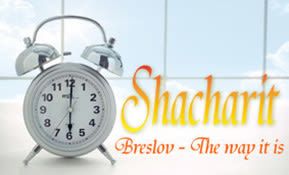
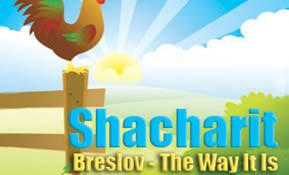


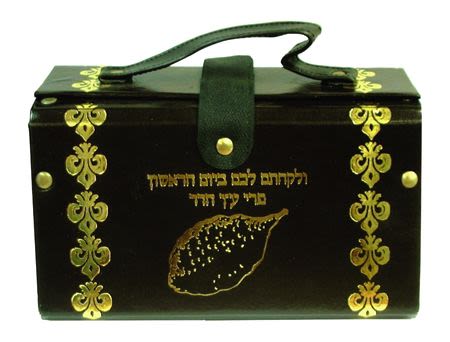
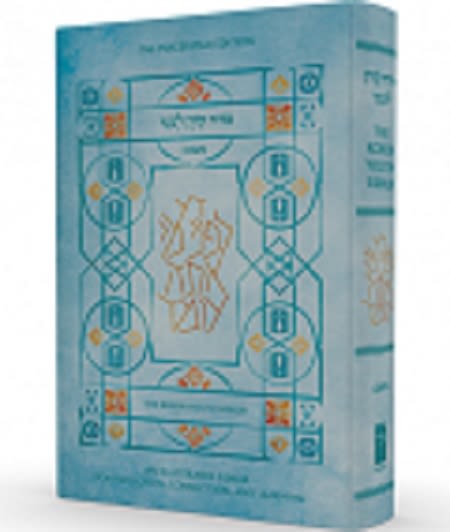


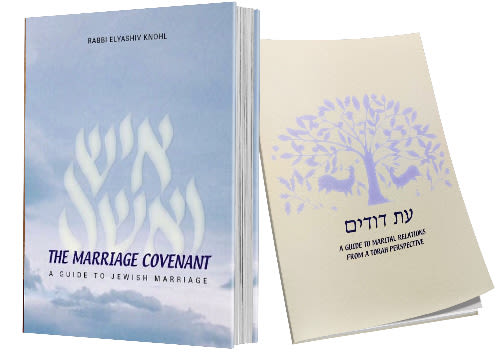
Tell us what you think!
Thank you for your comment!
It will be published after approval by the Editor.